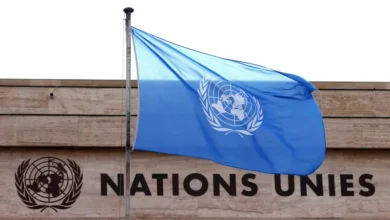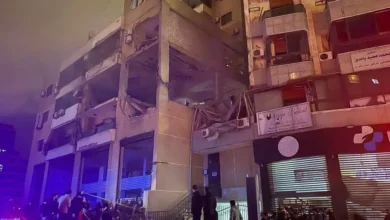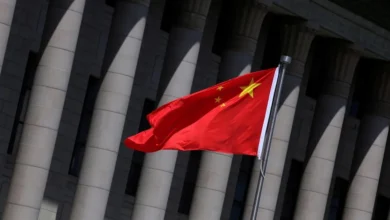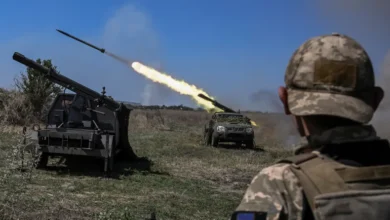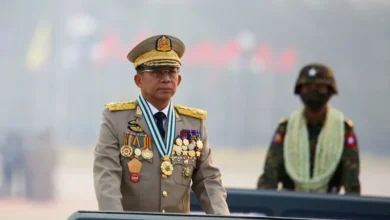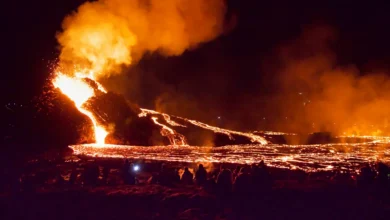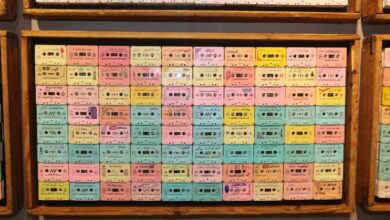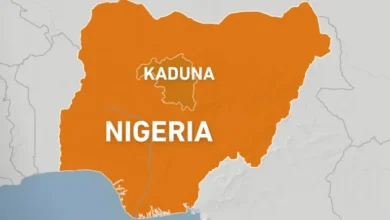‘There is always risk’: The Zimbabwean de-miner in South Sudan
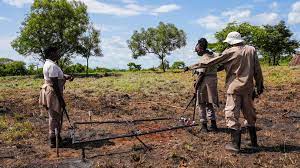
When the call came from war-ravaged South Sudan in June 2011, Job Tawengwa did not hesitate to say yes. Harare-based Tawengwa, a de-mining and explosive ordnance disposal (EOD) expert, knew it would be risky, as usual.His first call to clear landmines came in 1998, from Mozambique, next to his native Zimbabwe. It was six years after a peace treaty ended a brutal 15-year civil war between the Renamo rebels and the Mozambican army. He joined a team of de-mining experts and was deployed to various provinces of the Southern African country to clear the fields.
Since then, Tawengwa, now 47, has gone everywhere from Iraq to Lebanon and Afghanistan in a life full of uncertainties.
“With this job, there is always risk,” he told Al Jazeera.
For more than 20 years, life in Zimbabwe has also been uncertain for millions of others. Unemployment remains as rife today as it was in 2000 when controversial land reforms hit agricultural output and contributed to an unprecedented economic decline.
Hyperinflation surged to record levels, peaking at 79.6 billion percent month on month in November 2009.
Since then, many have taken to informal employment and the few proper jobs available are now prized; teachers and medical personnel are often owed months of wages by the government but stay because there are no alternatives.
More than two million Zimbabweans have also fled to the larger, more progressive South Africa next door, for better opportunities. Another million Zimbabweans are also estimated to have left Africa entirely.
“With climate change and socioeconomic pressures, migration is the best coping mechanism for Zimbabweans,” IOM chief of mission for Zimbabwe Mario Malanca told Al Jazeera.
So for Tawengwa, to stay in a well-paying but risky job was an easy call to make.
“The salaries de-miners earned when we started in the late ’90s were 10 times higher than what professionals were getting in Zimbabwe at the time and that was the first attraction for me,” he told Al Jazeera.
‘The risk is always there’
In July 2011, South Sudan gained independence from its larger sibling Sudan after two decades of war.
An estimated two million people died in what remains Africa’s longest running conflict. Even after independence, a power-sharing agreement in the world’s newest nation was not respected, plunging it into further crisis.
There are still bombs, landmines and improvised explosive devices (IEDs), and other hazardous materials in many areas of South Sudan, another peril for a population already grappling with armed violence, natural disasters and hunger.
Tawengwa’s job was to be part of an EOD team identifying, assessing and mitigating risks associated with unexploded ordnances using specialised tools and techniques, for a company contracted by the United Nations Office for Project Services (UNOPS) for United Nations Mine Action Service (UNMAS).UNMAS has a mandate to coordinate the removal of explosive remnants of war (ERW) in countries to protect civilians and ensure the safe return of those who were displaced.
In June 2022, the UN refugee agency reported that UNMAS had successfully eliminated more than one million explosive devices in South Sudan. Among them were 40,121 mines, 76,879 cluster bombs and 974,968 other unexploded devices.
Apart from the inherent dangers of the job, the de-miners have had to deal with gunmen and militias, which still roam the country.
“We encountered armed gunmen and militia everywhere we went who often erected roadblocks and you had to negotiate your way through them,” Tawengwa told Al Jazeera. “The risk is always there on the road from anti-tank mines and anti-personnel mines and you can’t stray off the road.”
Ahead of the South Sudan’s Independence Day celebrations on July 9, 2011, massive explosions rocked a building in the capital, Juba, close to the Celebration Square, the venue of the ceremony. The source of the explosions was a storage bunker used to store military-grade weapons and explosives.


